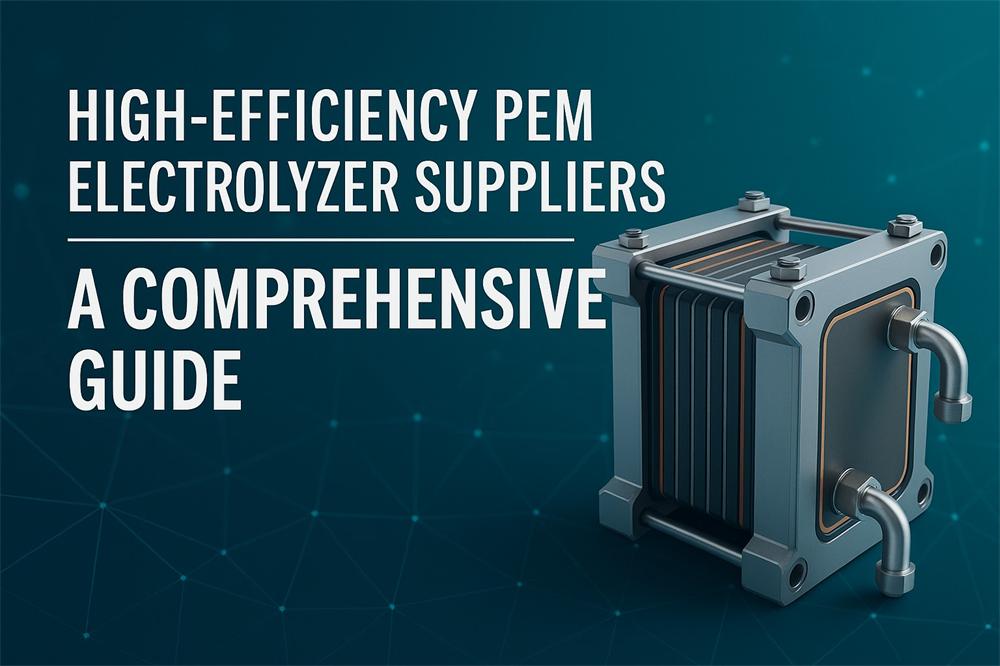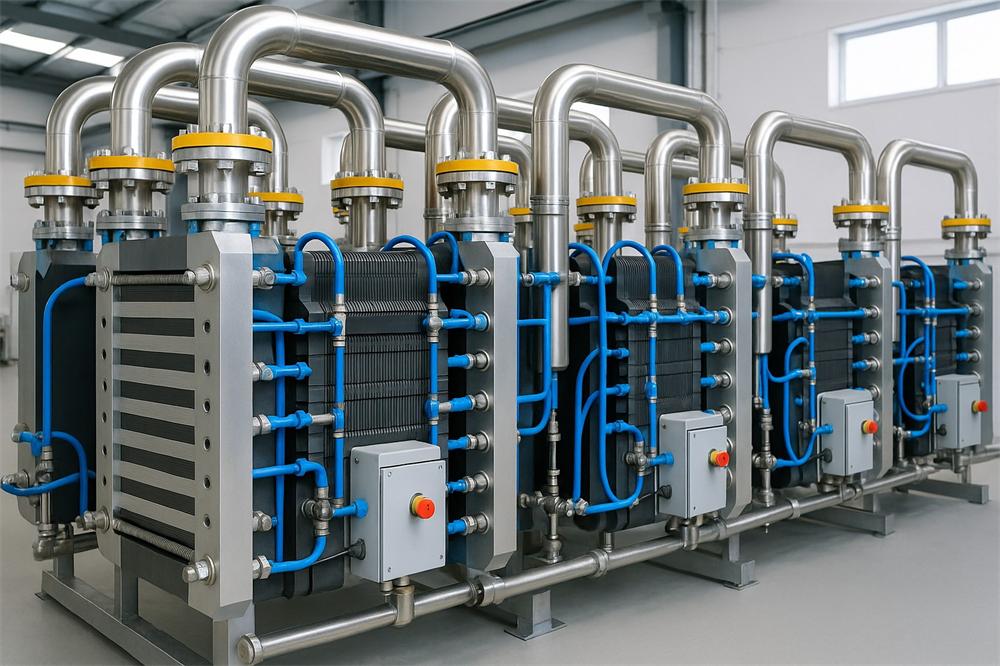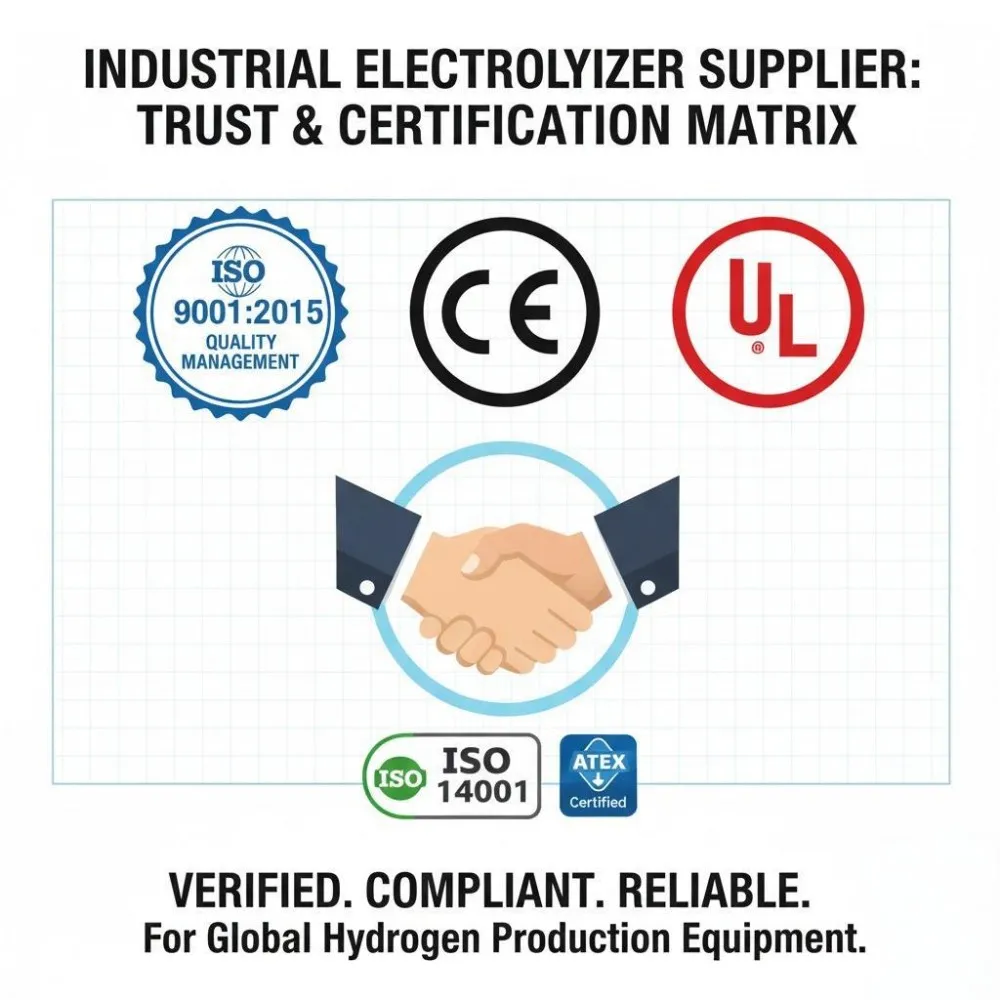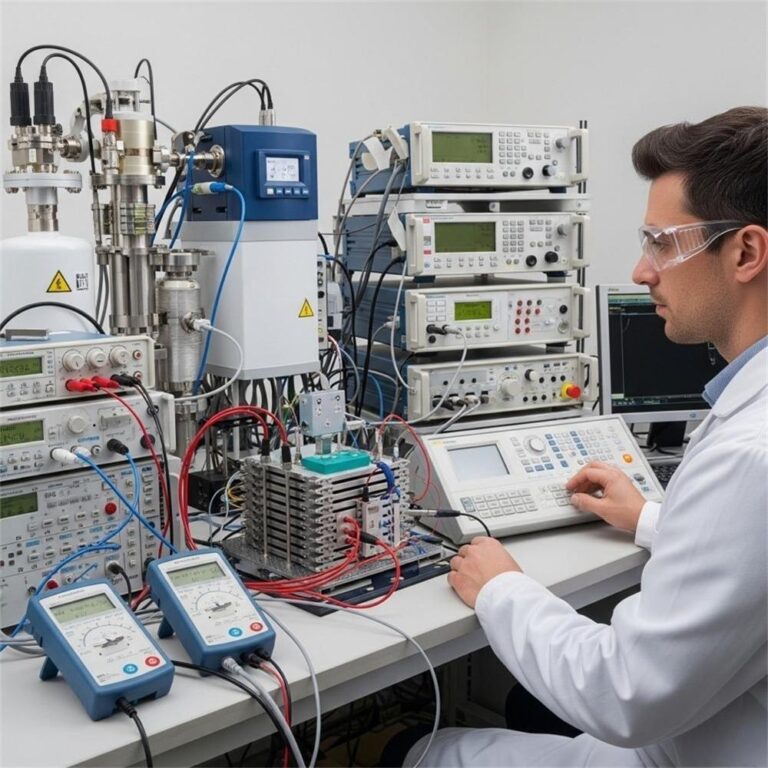Discover the best high‑efficiency PEM electrolyzer suppliers for green hydrogen production. Compare leading manufacturers, key features, and industry applications.
1. Introduction
High-efficiency PEM electrolyzer suppliers play a crucial role in the green hydrogen revolution. Proton Exchange Membrane (PEM) electrolyzers offer fast response times, compact design, and the ability to integrate with variable renewable energy sources. Compressing more hydrogen for each kilowatt-hour used is not just cost‑effective—it’s essential for scaling sustainable hydrogen. In this guide, we spotlight leading suppliers, including Hele Titanium Hydrogen, so you can make informed decisions when requesting quotes and evaluating partners.

2. What is a High-Efficiency PEM Electrolyzer?
How PEM electrolysis works: A PEM electrolyzer splits water into hydrogen and oxygen using a solid polymer membrane, with protons moving through the membrane and electrons traveling through an external circuit. Efficiency depends on membrane performance, catalyst use, and stack voltage. Key efficiency metrics: Typical benchmarks include energy consumption (kWh per kg of H₂) and cell stack voltage. Lower kWh/kg and lower operating voltage indicate better efficiency. Advantages over alkaline and AEM: PEM systems deliver higher purity hydrogen, quicker start‑up, and better load flexibility—essential for pairing with solar, wind, or intermittent renewables.
3. Top High-Efficiency PEM Electrolyzer Suppliers (2024–25)
A. Nel Hydrogen
- Overview & market position: A pioneer in hydrogen electrolysis from Norway, with decades of experience worldwide.
- Efficiency & product range: Their A‑Series and P‑Series PEM systems deliver high efficiency in industrial-scale applications.
- Notable projects & partnerships: Deployed in large green hydrogen plants across Europe for grid balancing and industrial feedstock.
B. ITM Power
- UK-based leader: Renowned for delivering modular PEM electrolyzers globally.
- Stack design: Their high-efficiency stacks boast low voltage operation and advanced catalyst use.
- Industrial applications: Supported projects in power-to-gas, hydrogen fueling stations, and renewable integration.
C. Siemens Energy (Silyzer)
- Silyzer product line: Offers large-scale PEM systems optimized for renewables.
- Integration: Designed for direct coupling with solar and wind farms.
- Efficiency benchmarks: Silyzer 300 and 600 modules report strong energy yields at industrial scale.
D. Plug Power
- US-based solution provider: OEM and system integrator in hydrogen ecosystem.
- Cost & efficiency optimization: Focus on affordable, scalable PEM systems for hydrogen hubs.
- Industry collaborations: Partnered with industrial and mobility companies to deploy green hydrogen solutions.
E. Cummins (Accelera by Cummins – HyLYZER®)
- HyLYZER® PEM electrolyzers: Scalable units designed for heavy-duty production.
- Efficiency & scalability features: Low kWh/kg output, stack scalability, and flexible configuration.
- Recent innovations: Newer models emphasize platinum‑reduction catalysts and durability improvements.
F. Hele Titanium Hydrogen (China)
- Company overview: Chinese manufacturer specializing in custom PEM electrolyzers and titanium-based components, positioning as a professional PEM system provider.
- Key features: They offer tailored solutions with titanium endplates and stacks, optimized for efficiency, durability, and integration.
- Applications: Ideal for customers seeking custom designs in industrial, renewable-coupled, and transport fueling setups.

4. Key Features to Compare PEM Electrolyzer Suppliers
| Feature | What to Evaluate |
|---|---|
| Efficiency | Energy per kg of H₂; typical kWh/kg |
| Durability & Stack Life | Lifetime hours, materials (e.g., titanium for Hele) |
| Scalability | Modular vs. large centralized systems |
| Renewable Integration | Ability to operate with solar, wind, battery systems |
| Support & Warranty | Maintenance, technical support, training, and service terms |
5. Applications of High-Efficiency PEM Electrolyzers
- Industrial hydrogen use: high‑purity hydrogen for refining, chemicals, and manufacturing.
- Energy storage & grid balancing: converting excess renewable electricity into hydrogen.
- Transportation fuel: hydrogen fueling stations for cars, buses, and trucks; maritime & rail.
- Power‑to‑X (P2X): synthetic fuels, ammonia, or methane via hydrogen intermediates.
6. Future Trends in PEM Electrolyzer Efficiency
- Catalyst innovations: reducing platinum loadings or using non‑precious metal alternatives.
- Membrane improvements: higher conductivity and longer lifetimes.
- AI-driven system optimization: dynamic load adaptation, predictive maintenance.
- Cost reduction pathways: improved manufacturing, economies of scale, and standardized designs.
7. How to Choose the Right PEM Electrolyzer Supplier
- Efficiency vs. cost: Compare long‑term energy savings vs. upfront investment.
- Supplier track record: Case studies, customer feedback, certifications (e.g., ISO).
- Customization needs: Ask if custom stack sizes or material options (e.g. HELE’s titanium design) are supported.
- Certification & compliance: Validate CE, UL, or other safety/technical certifications for your region.
8. FAQs
Q1: What makes a PEM electrolyzer “high-efficiency”? A: Lower kWh per kg H₂ consumption, low cell voltage, high utilization, and long-term stability with reduced degradation.
Q2: Why choose PEM over alkaline or AEM electrolyzers? A: PEM offers faster dynamics, higher hydrogen purity, and better compatibility with variable renewable power — vital for green hydrogen.
Q3: Can Hele Titanium Hydrogen customize systems? A: Yes, Hele specializes in custom PEM electrolyzers with titanium components, ideal for tailored efficiency and durability.
Q4: How is efficiency measured in PEM electrolyzers? A: Typically expressed in kWh of electricity needed per kg of H₂ produced, and lower is better.
Q5: What’s the role of catalyst type in efficiency? A: More efficient catalysts (e.g., low-platinum or platinum-group) reduce voltage requirements and improve output.
Q6: How long do PEM stacks last? A: Many offer 40,000–80,000 operational hours depending on materials and conditions; titanium-based designs like Hele’s can enhance durability.
9. Conclusion
In summary, when evaluating high-efficiency PEM electrolyzer suppliers, aim for system efficiency, reliability, customization options, and proven support. Leading suppliers like Nel, ITM Power, Siemens, Plug Power, Cummins, and Hele Titanium Hydrogen offer strong technology and track records. Given the surging demand for green hydrogen across industrial, transport, and energy-storage domains, choosing the right supplier is more critical than ever.
If you’re considering PEM electrolyzer solutions, ask for technical data sheets, efficiency test reports, and custom design options. Companies like Hele Titanium Hydrogen stand out for offering tailored, titanium-based PEM systems with a strong emphasis on efficiency and longevity.
📩 Ready to take the next step? Contact Hele Titanium Hydrogen for personalized technical guidance and quotes on high‑efficiency PEM electrolyzer solutions tailored to your project.







